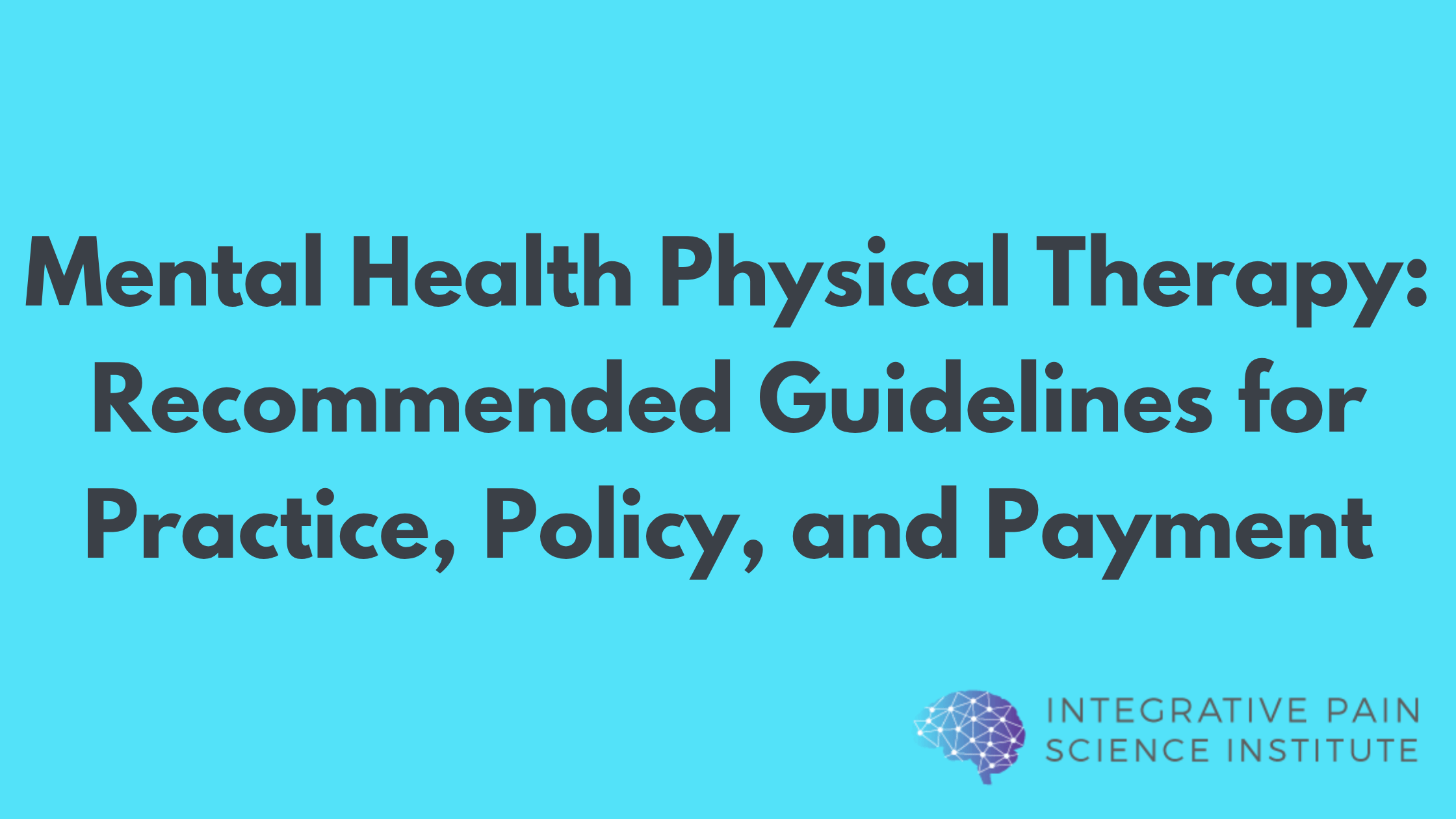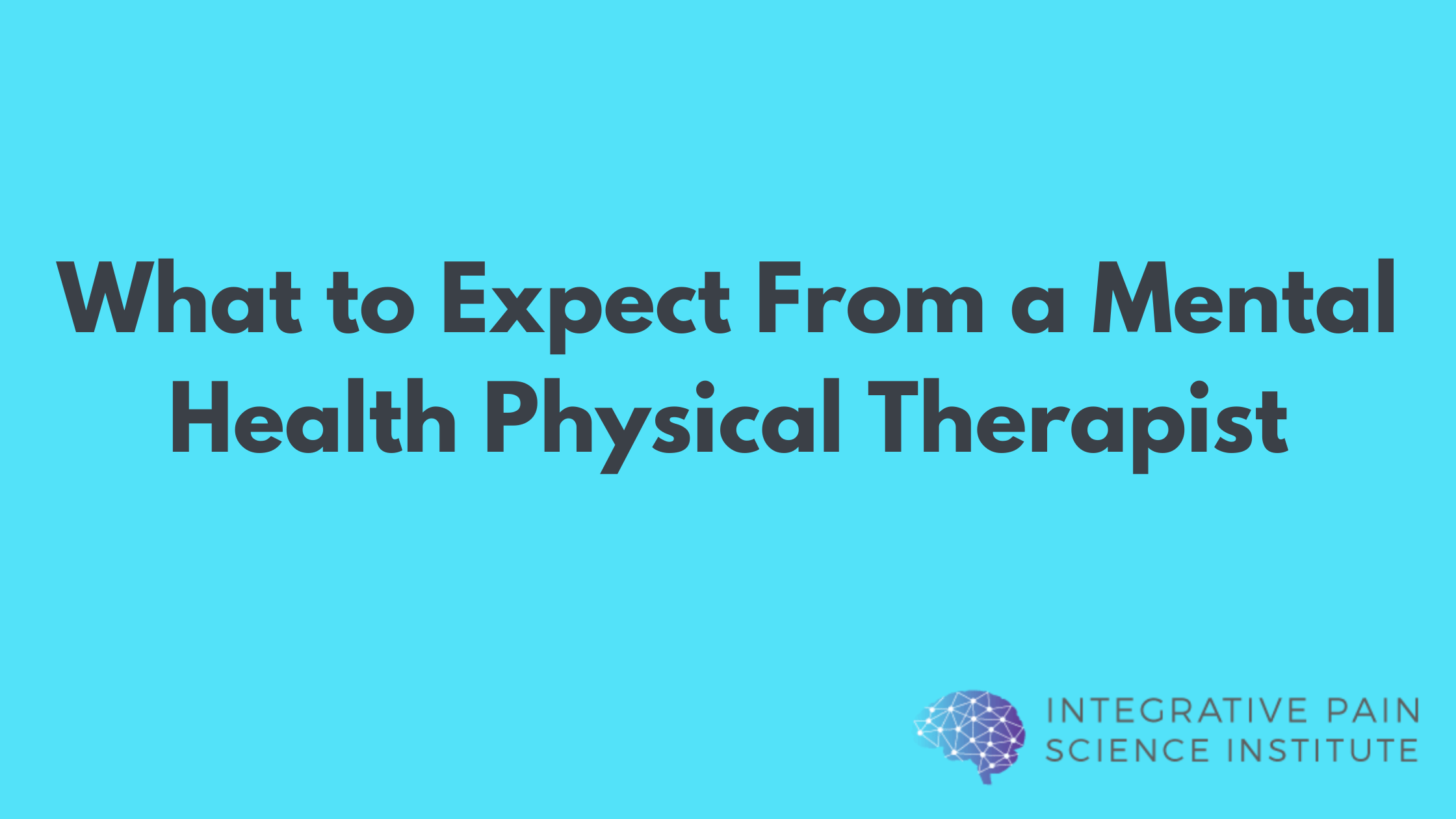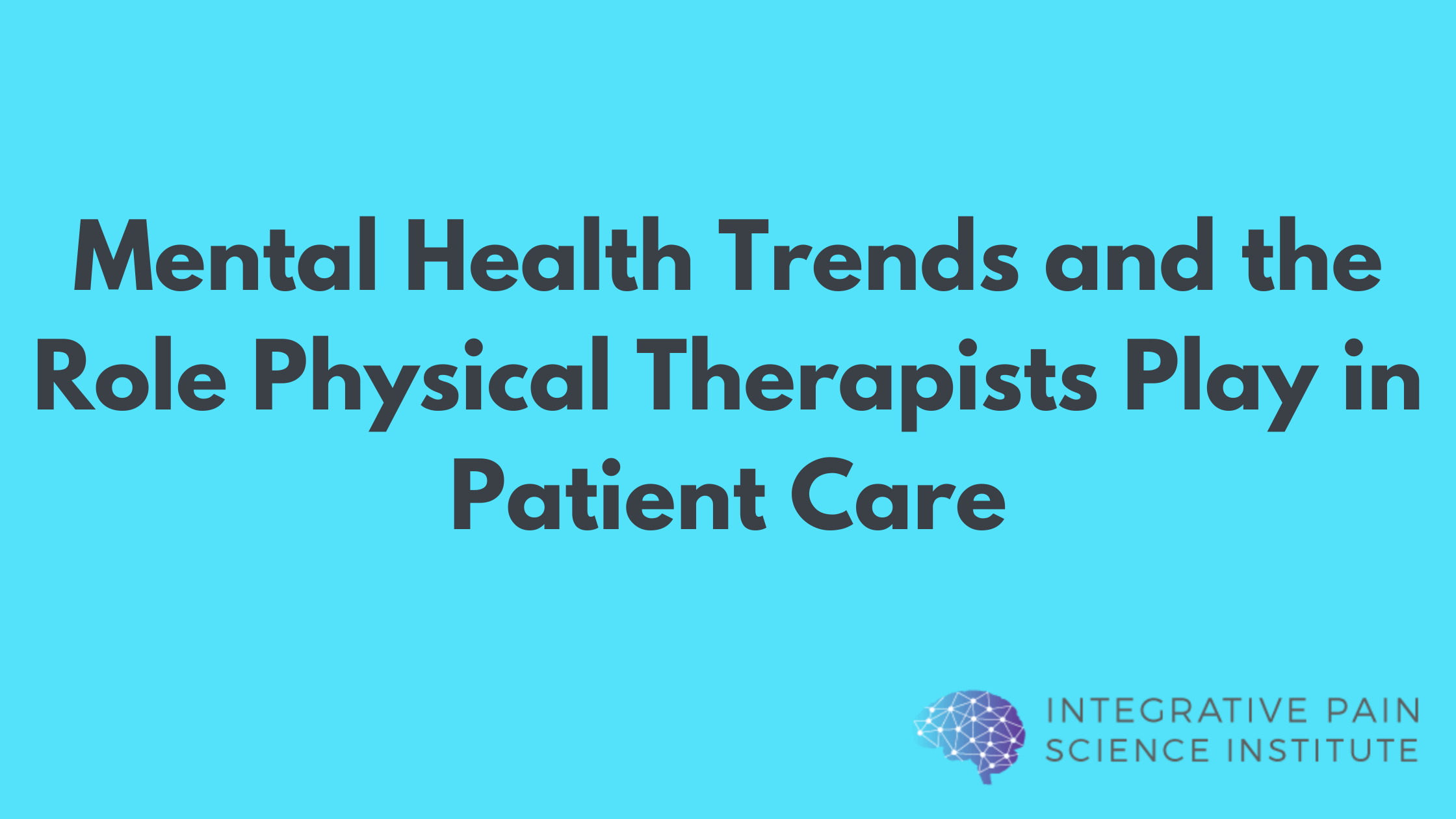There are many myths surrounding the root cause of joint pain. One is that joint pain is just a part of getting older, and the other is that joint pain goes hand-in-hand with obesity because of extra wear and tear on the joints. While both of these points can be true, when it comes to obesity and joint pain there’s actually more to the story. In fact, I’ve identified six different ways that joint pain can occur in relation to obesity: Wear and Tear As mentioned above, this is what we normally expect when excess weight is placed on areas such as the lumbar spine. Biomechanical changes wear down the cartilage and place stress on intervertebral discs. This is because, for every pound of body weight, there’s an exponential amount of pressure on the joint. For example, a 200 lb man will naturally exert 300 lbs of pressure on his knees with every step he takes on level ground (1 ½ times his body weight). If he climbs stairs, the pressure on each knee is 2-3 times his body weight, and 4-5 times his weight when he squats. Wear and tear is the conventional thinking with osteoarthritis, but as you’ll see below there’s even more involved. Muscle Weakness People who are overweight can be less likely to engage in physical activity. As a result, the muscles weaken, and so do the proprioceptors (sensory receptors that signal the relative position and movements of muscles and joints). Loss of muscle mass – referred to as sarcopenia – is associated with aging and yet it can happen in younger, sedentary people too. Sarcopenia can have disastrous consequences on your health including insulin resistance and obesity which can then, of course, lead to more joint pain. Weight-bearing exercise is a key prevention and treatment. Inflammation Obesity is a condition of chronic low-grade inflammation. As described in my post on Joint Pain, Gut Health and Inflammation, chronic inflammation can harm the tight junctions between the cells in the intestinal lining, which then becomes permeable. This condition, known as “leaky gut”, allows substances like bacterial debris and food antibodies to leak into the bloodstream. Eventually, these toxins wind up in the synovial tissues, creating more inflammation and pain. Imbalanced Microflora Going hand-in-hand with the inflammation described above, a deficiency of beneficial bacteria and the presence of pathogenic bacteria in the gut can result in:
- over-absorption of harmful debris from bacteria
- poor absorption of nutrients
- obesity and musculoskeletal pain
This complex relationship between microflora, inflammation, and obesity may explain why a large number of obese patients develop osteoarthritis in non-weight bearing joints, such as the carpometacarpal joints (thumb), indicating that there is systemic inflammation. Hyperlipidemia High cholesterol and triglycerides, which are associated with obesity, can result in atherosclerosis (hardening of the arteries.) Atherosclerosis leads to insufficient delivery of oxygen and nutrients to the tissues, which impairs tissue repair in the joints and delays healing. In fact, a study published in The Spine Journal showed that 48% of patients aged 50 and younger with low back pain were found to have hardening (plaque) in the abdominal aorta (major artery), compared to just 8% of those in the same age group without low back pain. Hormonal Imbalance Interestingly, adipose tissue (fat) acts as its own endocrine organ. In other words, fat actually produces hormones such as leptin and estrogen and also secretes cytokines that create inflammation, leading to joint pain. The Path to a Pain-Free Life There’s often a chicken-and-egg relationship between obesity, inflammation and joint pain, and it may seem overwhelming to try and break the vicious cycle. The good news is, there are a few simple approaches to set you on the path to a pain-free life: Follow an anti-inflammatory diet Both the Paleo and Mediterranean diets focus on foods that reduce inflammation, which will help your joint pain. Cut down on carbohydrates and Sugar Yes – even natural sugars – to speed up weight loss. Be sure to get plenty of healthy fats and quality protein in your diet to avoid cravings. This will naturally happen as you follow an anti-inflammatory diet. Supplement with Omega-3 Fatty Acids Supplement with fish oil (1500 -3000 mg of EPA/DHA per day): omega-3 fatty acids are utilized within the cell walls and help to “modulate” the immune system’s inflammatory response. Get Some Exercise Lift weights, hike or walk. For the most efficient workout try High-Intensity Interval Training. For more information on weight-loss and alleviating pain visit www.joetatta.com. References http://www.health.harvard.edu/healthbeat/why-weight-matters-when-it-comes-to-joint-pain http://www.ncbi.nlm.nih.gov/pubmed/25785564 http://www.ncbi.nlm.nih.gov/pubmed/26071171 http://www.nature.com/ajgsup/journal/v1/n1/full/ajgsup20126a.html http://press.endocrine.org/doi/full/10.1210/jc.2004-0395 http://www.ncbi.nlm.nih.gov/pubmed/10543002



